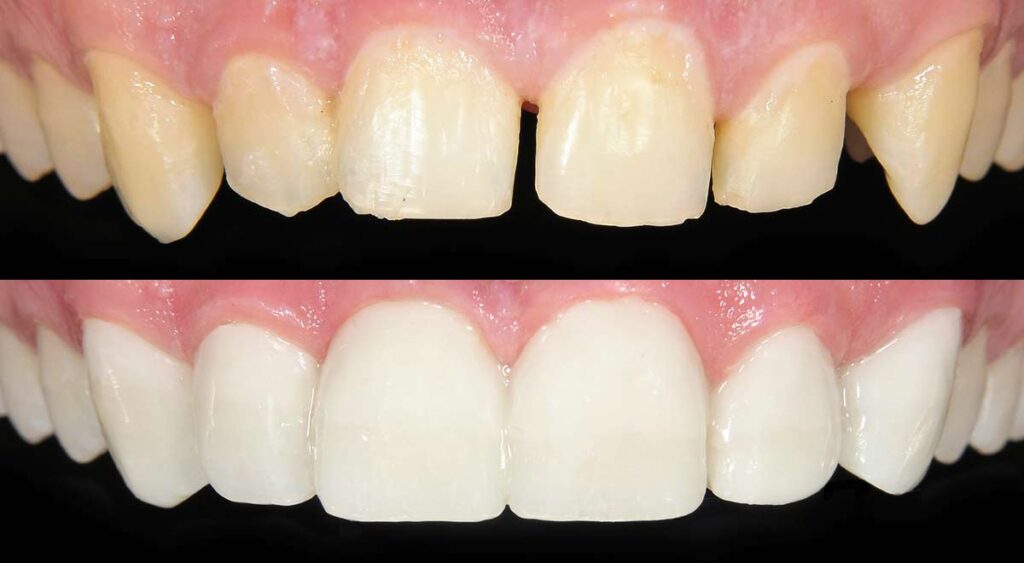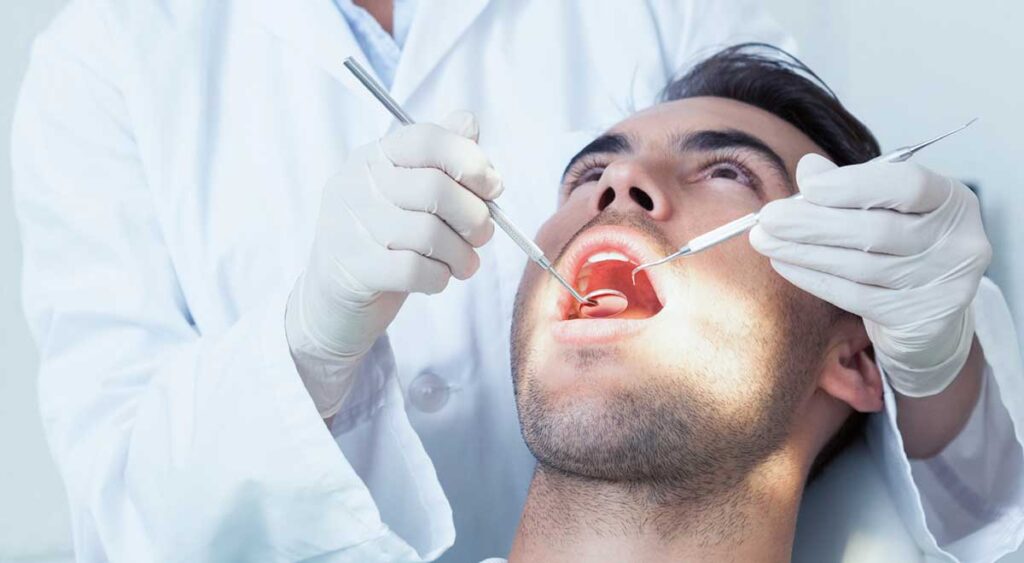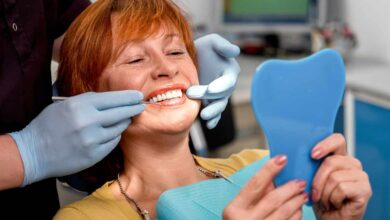Is Dental Bonding For Me?
Do you have stained, cracked, chipped or gappy teeth? If so, you may be interested in undergoing what is known as a dental bonding procedure. Basically, dental bonding is the process of applying shall-like laminates on your teeth to hide the dental imperfections. Otherwise known as dental veneers, the treatment is increasingly popular with patients who want to have bright, straight and beautiful teeth without having to undergo dental surgery. Veneers can either be made from composite resin or porcelain material.
What does dental bonding do – and not do?
Dental bonding is generally used to treat cosmetic dental problems. These commonly include: tooth defects or discolouration resulting from pharmaceutical medications (tetracycline), fluorosis, injury, and genetic malformations. It is also indicated for the repair of fractured tooth edges and peg-shaped lateral teeth. It can correct tooth discolouration that cannot be fixed by common teeth whitening techniques and close proximal gaps and diastemas.

Dental bonding is commonly recommended for patients whose existing teeth are in good working order but dissatisfied with their external appearance, especially their front (anterior) teeth. On the other hand, it is not suitable for patients with severe dental conditions that affect the health and structure of their existing teeth.
In summary, dental bonding is not recommended for patients with:
- Significant tooth decay
- Gum recession
- Severely rotated or overlapped teeth
- Extensive restorations done
- Extremely crowded teeth

Direct and indirect bonding
There are two types of dental bonding: indirect and direct. Indirect binding procedures, the restoration is placed on the tooth, shaped and cured directly on the tooth. Indirect binding refers to the additional process in which the dental restoration is prepared at a dental laboratory by a dental technician. For indirect veneers, an impression of your tooth is taken by the dentist and then sent to the lab for fabrication. When the restoration is ready, you would return to the dentist’s office for final fitting and testing. Indirectly bonding is generally recommended for large restorations and teeth that are located in the back of your mouth. Unlike direct bonding methods, the indirect method requires the tooth to be slightly shaved down so that it can accommodate the final restoration while having the necessary retentive strength to hold it in position.
The beauty of porcelain veneers
An increasingly popular type of dental bonding involves the application of porcelain veneers. Using the indirect dental binding technique, porcelain veneers are able withstand regular and excessive use without getting damaged. The robust yet thin laminate shells also provide your veneered teeth an additional layer of protection from wear and tear. They help to hide all your dental flaws using a fast and effective procedure in just a couple of sessions. There’s hardly any post-procedure healing period necessary and only minimal aftercare instructions are required to keep them looking beautiful.




![36725534_illustration [Converted]](https://www.qualitydental.com.au/wp-content/uploads/2022/08/Quality-Dental-Sydney-46-teeth-whitening-390x220.jpg)